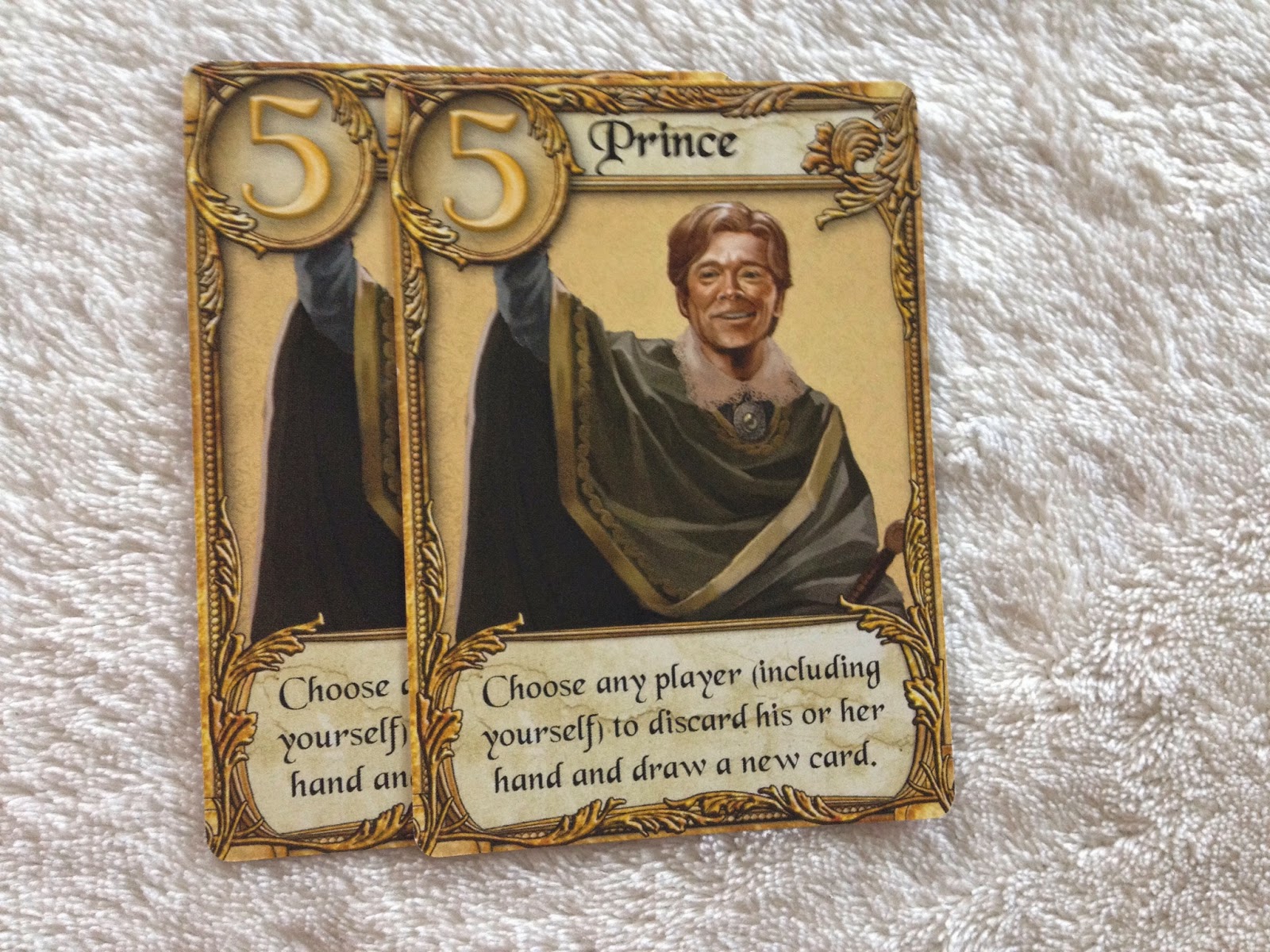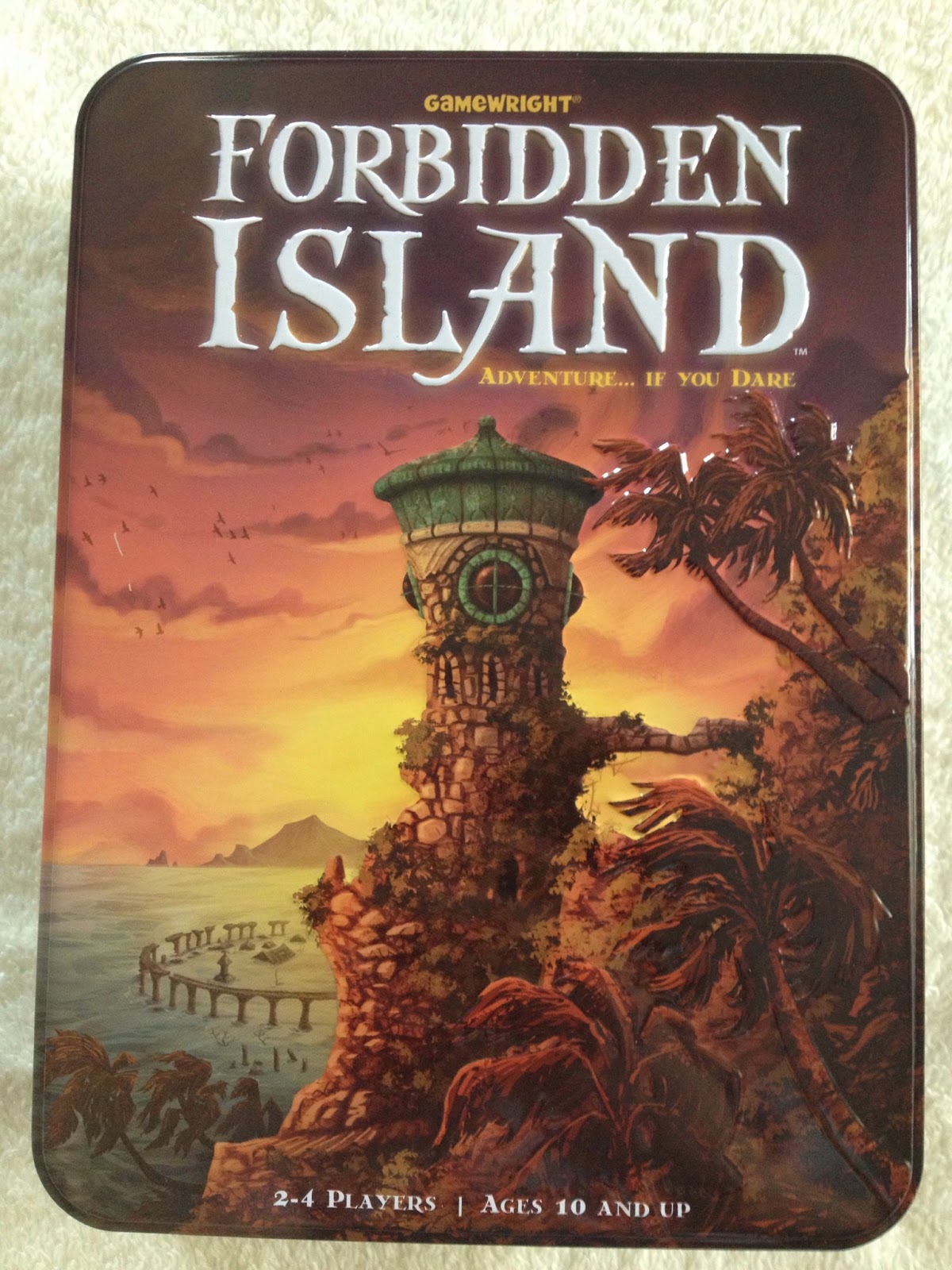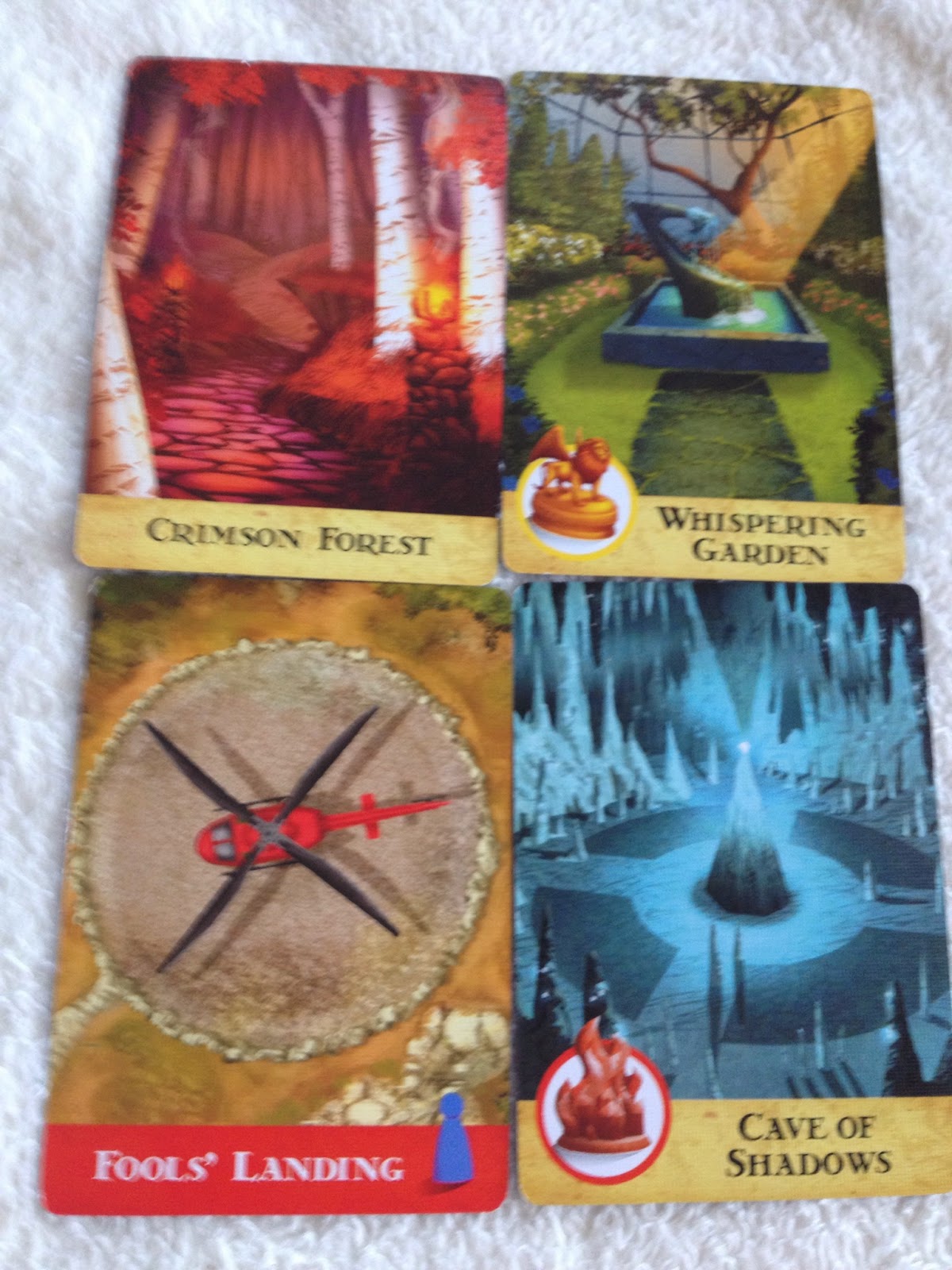Game Overview
Life Twists and Turns
is a reimagining of an old classic. While the familiar themes of driving around
the board, acquiring a career, getting married, and having children, are all
present, the gameplay is vastly different.
The game can be set to last anywhere from 1 to 50 turns requiring players
to adjust their strategies and balance their time on the board in order to earn
the most life points and win the game.
Rules Summary
Each player receives a
credit card to be inserted into the lifepod each turn. The lifepod is an
electronic device that replaces the spinner from the original game and keeps
track of almost everything for all players including income, marital status,
number of children, type of car and house owned, money in the bank and the
number of life points earned. At the end of the game, the lifepod makes final calculations
and declares the winner.
The game board is
divided into four sections: live it, love it, learn it, and earn it. In these sections, players are able to complete
many accomplishments which influence the amount of money earned every turn and,
more importantly, the number of life points earned every turn.
Live It: Players fund adventures in order to earn life
points.
Love It: Players are able to get married and have
children. Expanding the family provides a
lot of life points every turn for the rest of the game but the more children
you have, the less money you get to keep from your paycheck.
Learn It: Allows players to earn a degree and/or a PhD
which unlocks higher paying jobs on your career track.
Earn It: Players are able to get promotions and advance
their career tracks.
Components
Life
pod: The components in this game are fun.
Having an electronic device that keeps tracks of everything for you seems a
little sky-netish but it is what makes the game interesting. The downside is
that the calculations can get very complicated.
For instance, all money acquired during the game is sold off to buy life
points at the end of the game but the formula to do this is random every game. The
manual briefly explains how the calculations are done throughout the game but
there are so many of them and they change so much during a game that it is hard
to track. It is much easier to just let the lifepod figure it out and not think
about it too much. I have read on the internet that the calculations listed in
the manual do not exactly match up to the lifepod. I have not actually done the
math to confirm this myself, but I don’t believe the calculation differences
actually impact the game very much since they are the same for all players.
Player
Boards: Each player gets a player board
which is used to hold their career cards and to mark major milestones including
the completion of a degree, marriage, etc. While these boards and clips are made
well, they don’t have to be used much since the lifepod tracks most of these
things for you.
Life
Cards: Many of the spaces on the board
are blank. On these spaces, the player draws a life card and reads the sentence
corresponding to the quarter of the board they are on. There are many of these
cards in the game and they add some variety and humor to the game. Most of the
cards allow the players to gain or lose money or life points. A few allow you
to mess with other players.
Final Thoughts
Positives
- I don’t have to count out paper money or do math every turn
- Easy to get non-gamers to play (even my mom)
- Adjustable game length
Negatives
- There are a lot of calculations going on behind the scenes so it can be hard to know how you are doing until the final calculations are complete
- There are very few differences between career cards
- Too many salary and life point modifiers make it hard for players (especially new players) to remember
How this game made it
into my collection:
This was a $5 thrift
shop find. I had never even heard of this game before but I remembered playing
the original Life so I decided to give it a shot. We have played it a bunch of times already
and have enjoyed it.







































